Our Ingredients
Our Nourishing face Cream is so hydrating that it takes back the hands of time in minutes using exquisite oils that promote natural collagen production. No chemicals, no methylparabens, made fresh for you with only natural preservatives.
Chartreuse Signature Holistic Facials now available at DogFishMoon.com
Only the best and nothing more.
Most commercial skin care products contain parabens, petrolatum, mineral oils, propylene glycol, and sodium lauryl sulfate – preservatives that can harm your body over time. At Chartreuse, we rely on the natural preservative qualities of honey, lemon, vitamin C, sugar, and rosemary to maintain the freshness and potency of the all-natural ingredients in our products.
But there’s an even bigger truth that sets us apart, even from other organic skincare makers: We use our ingredients in their natural forms. Other companies heavily process their ingredients, breaking them down into their chemical components. While they can still call these products organic, they contain very little (if anything) that you could recognize as the raw ingredient. Read our ingredients lists. Use our products. You’ll see – and feel – the difference.
This index describes each of our ingredients and their many benefits in detail. If you have any questions or comments about what you read here, please feel free contact us. We welcome your input!
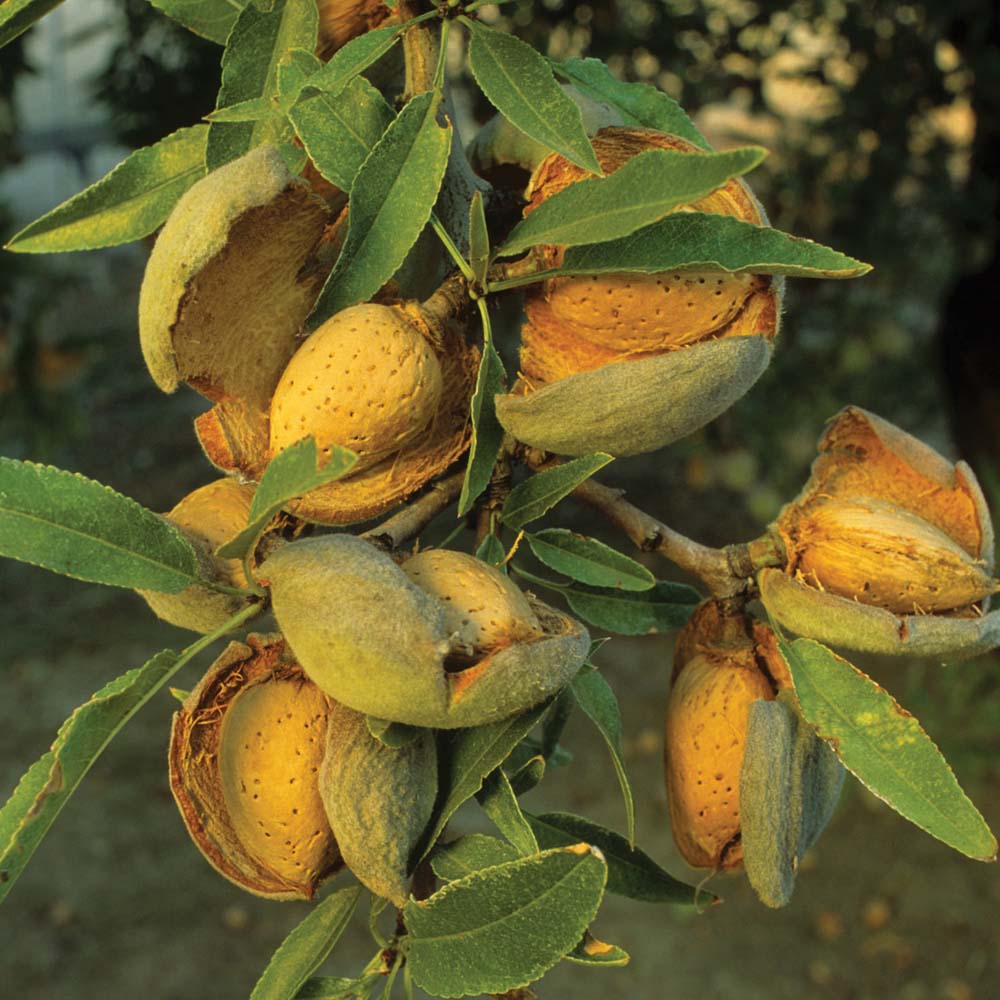
Almond Oil
Scientific Name: Prunus amygdalus dulcis
Family Name: Rosaceae, rose
The almond is the fruit of the almond tree. The oil made from this fruit is quite emollient and gentle for the skin. It can be used daily for most skin types, and is generally safe for baby skin. Sweet almond oil, also called oleum amygdalae, contains 24% linoleic acid, an incredibly high amount of the antioxidant EFA. This makes it one of the most antioxidant oils in use for skin. Sweet almond oil has a long historical use that includes restoring itchy, dry and inflamed skin as well as being a simple emollient. Additionally, it is used by many massage therapists as a lubricant, and is widely used as a carrier for essential oils. Modern manufacturing uses include perfumes, hair creams, nail whiteners, nail polish remover, eye creams, moisturizers and soaps. One of the most popular cuticle oil treatments lists it as their only ingredient.
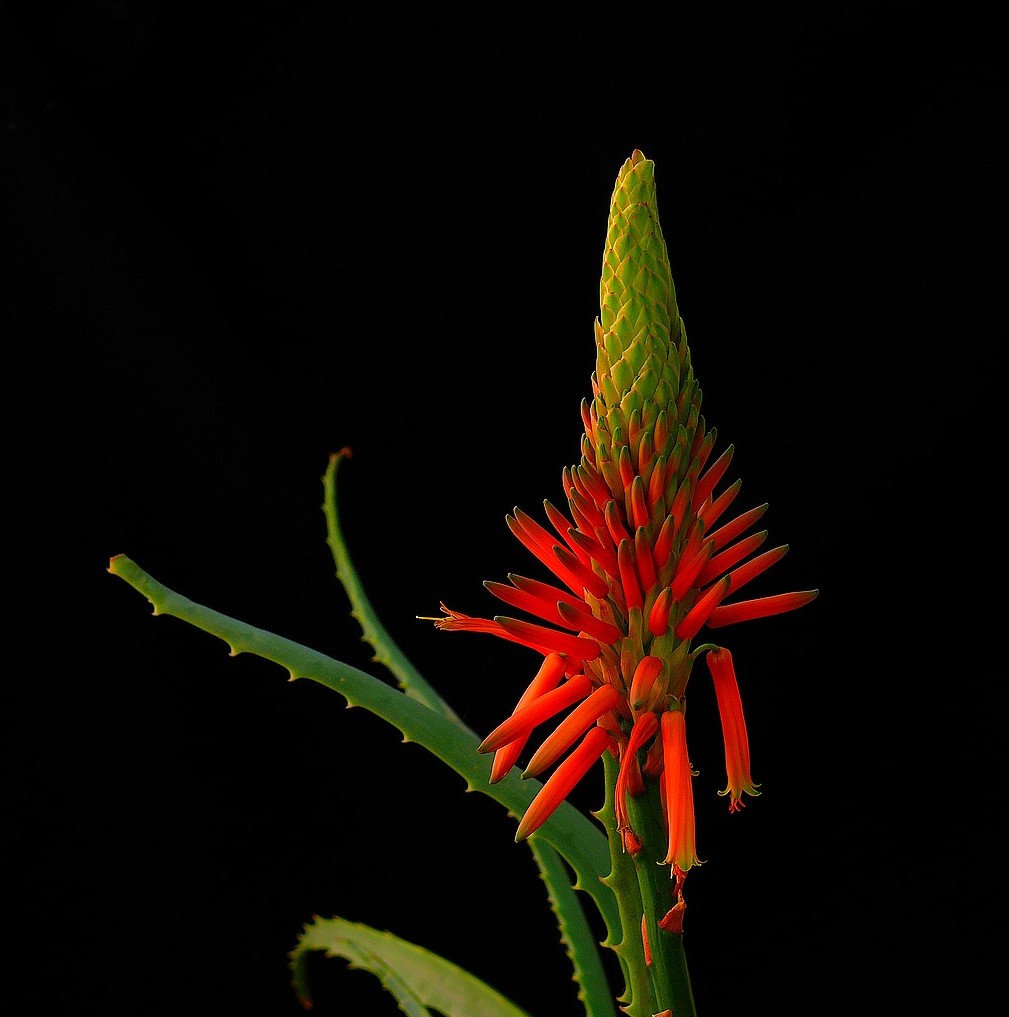
Aloe Vera
Scientific Name: Aloe Vera, A. Barbadensis
Family Name: Asphodelaceae
Aloe, the most popular botanical ingredient in skincare formulations, is the expressed juice of the plant leaves. Aloe vera contains 99.5% water, and is by nature very hydrating, and cinnamoyl esters. Important properties for skin include: anti-irritant, anti-inflammatory, antibacterial, demulcent, healing and softening. For centuries, aloe vera has been used for treating burns, injuries, wounds and skin disorders. It is also used for arthritis, pain relief, to counteract wrinkles, and as a simple hydrating mask.
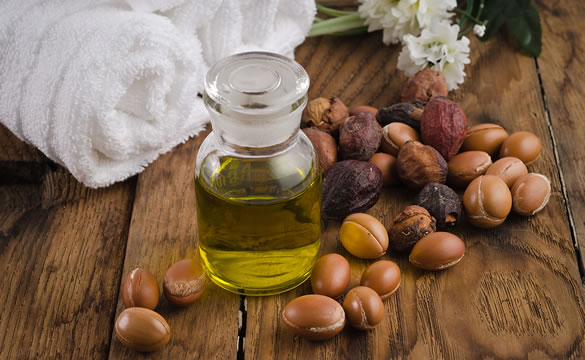
Argan Oil
Scientific Name: Argania spinosa
Family Name: Sapotaceae
The argania tree, also known as the Moroccan ironwood tree, is a thorny evergreen tree native to southwestern Morocco and grown for its plum-sized fruits. Inside the fruits large seeds containing highly esteemed oil are found. The seeds are pressed to obtain argan oil, an expensive and highly useful cooking oil with a nutty flavor. It is used much like olive oil and has a similar fat content. But cooking is not all that argan oil is good for. It is also great for the skin and hair. Argan oil is very emollient (similar to peanut oil, but without the allergen) and rich in naturally occurring antioxidants such as flavonoids and tocopherols that have anti-inflammatory properties. In fact, it contains 56 mg/Kg of polyphenols, double the amount of tocopherols (620 mg/Kg) than olive oil (320 mg/Kg), and linoleic acid comprises 34% of its total fatty acid content. Its anti-aging and skin restructuring properties coupled with a high vitamin A and vitamin E content make it a wonderful skin and haircare product ingredient.

Ascorbic Acid
Family Name: Vitamin C
Ascorbic acid is a water-soluble organic acid with strong antioxidant and preservative properties for cosmetic and nutritive uses. It is a common form of vitamin C, a nutrient essential for life and used by the human body for many purposes. To the best of scientific knowledge, all animals and plants synthesize their own vitamin C except for humans and a small number of animals. Vitamin C is the skin's most important water-soluble vitamin; it protects skin from environmental stresses, sun damage and the causes of aging, softens, evens skin pigmentation, exfoliates dead skin cells, protects against capillary damage and heals. Furthermore, it is needed for the production of collagen in the connective tissue. It also possesses well-documented immune stimulating properties and helps improve blood flow to the skin.
Citric Acid
Citric acid is a weak organic acid found in a variety of fruits and vegetables, most concentrated in lemons and limes where it can comprise as much as 8% of the dry weight of the fruit. One of the most widely used acids in the cosmetic industry, it is derived from citrus fruits by fermentation of crude sugars and is employed as an acid-alkali balance adjuster, an antioxidant, an astringent, an exfoliant (it is an alpha-hydroxy acid), a preservative, a sequestering agent and a foam inhibitor. Additionally, it serves as an environmentally benign cleaning agent.

Avocado
Scientific Name: Persea gratissima
Avocado oil is a rich and extremely deep penetrating oil, rich in vitamins A, D and E, lecithin, as well as potassium - known as the youth mineral. It also contains proteins, lecithin, beta-carotene and more than twenty percent essential unsaturated fatty acids. The fatty acids contained are palmitic, palmitoleic, stearic, oleic, linoleic and linolenic.
It is also high in sterolins, which are reputed to reduce age spots, help heal sun damage and scars. It is the sterolins (also called plant steroids) in the oil that helps to soften the skin and imparts a superior moisturizing effect.
For this reason it is an ideal ingredient to include when formulating for people with dehydrated, sun or climate damaged skin, as it is an extremely good moisturizing and nourishing compound, assisting in the regeneration and rejuvenation of the skin.
In a study done at the Department of Food Engineering and Biotechnology, Technion-Israel Institute of Technology in 1991, it was found that avocado oil significantly increases the amount of collagen in the skin - which normally is under attack as we grow older.
Avocado oil is easily absorbed into deep tissue, and with its wonderfully emollient properties, makes it ideal for mature skins. It also helps to relieve the dryness and itching of psoriasis and eczema.

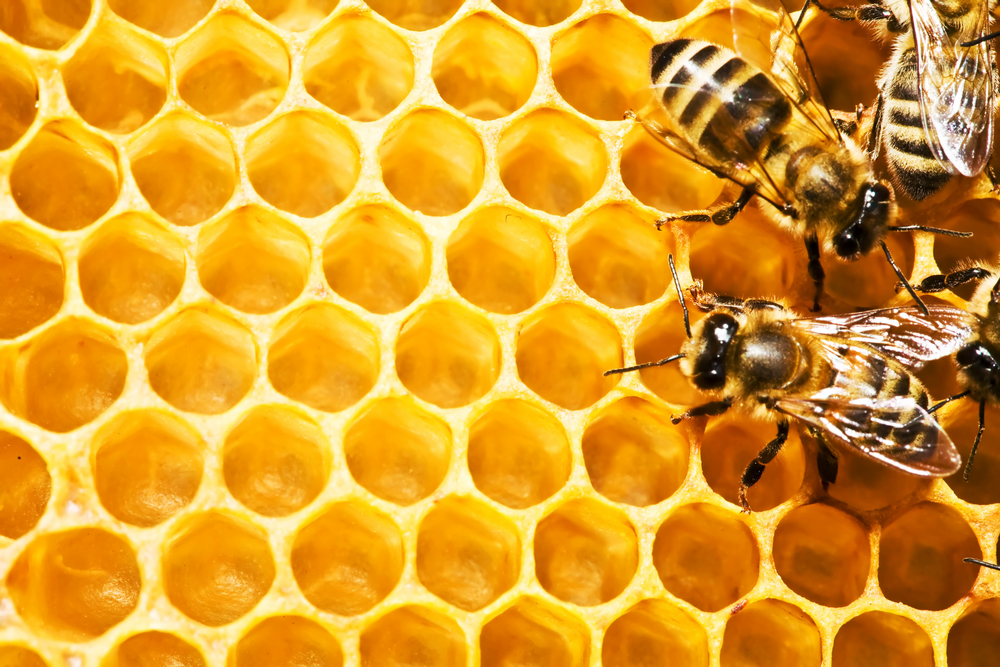
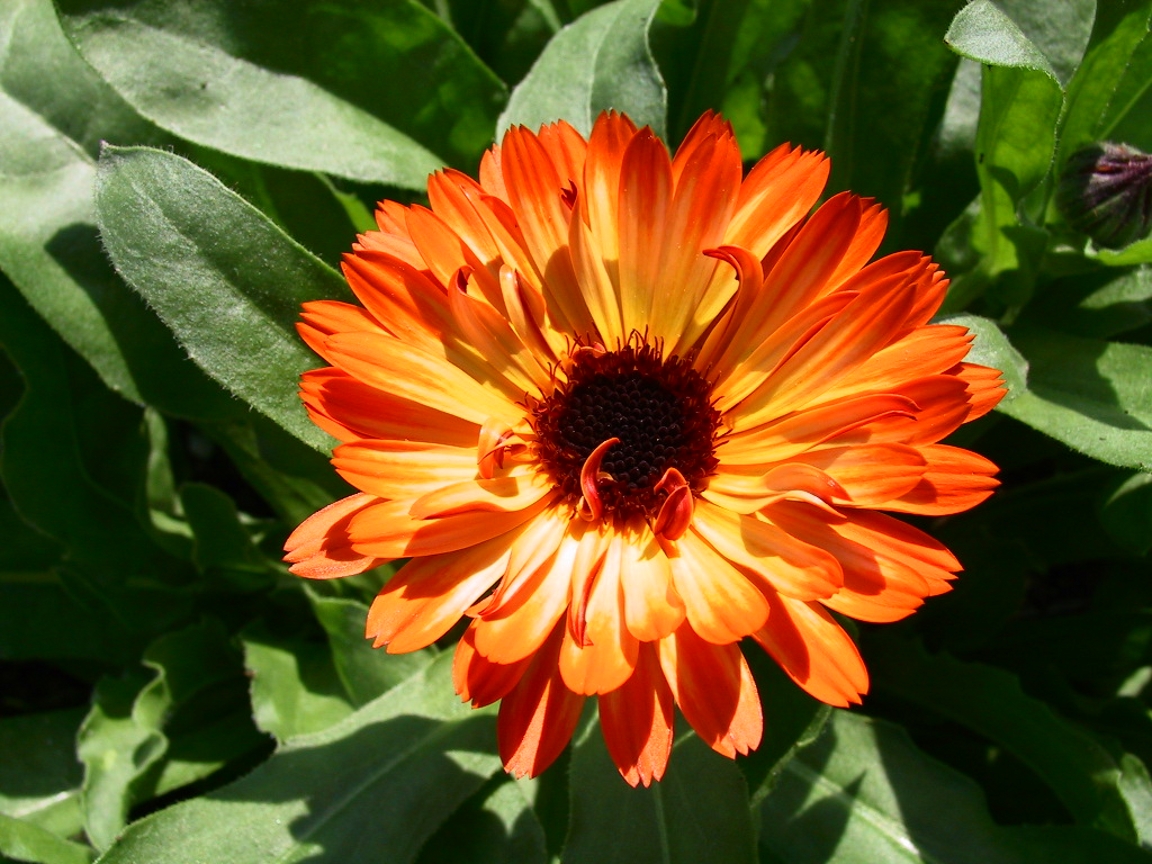
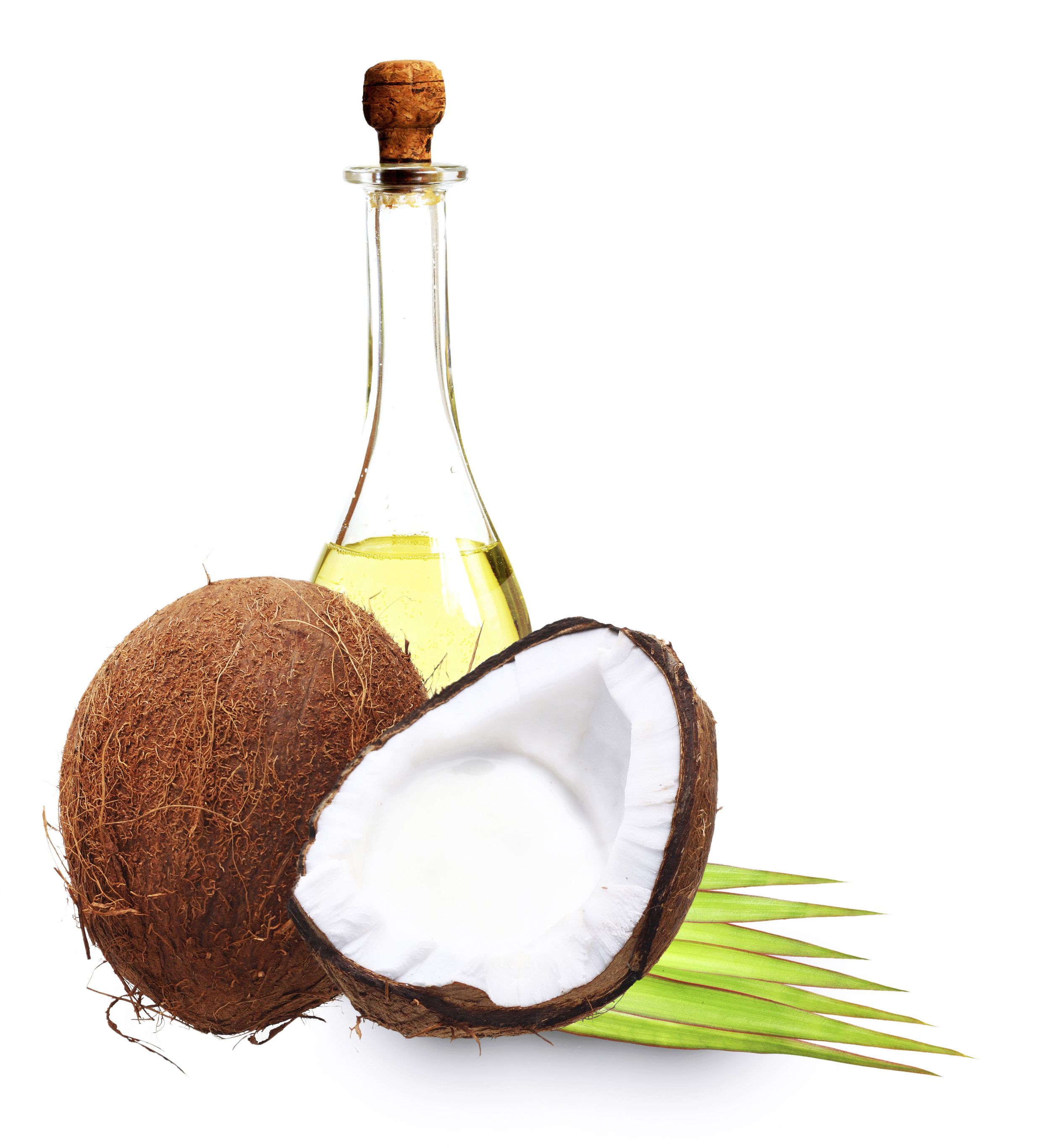
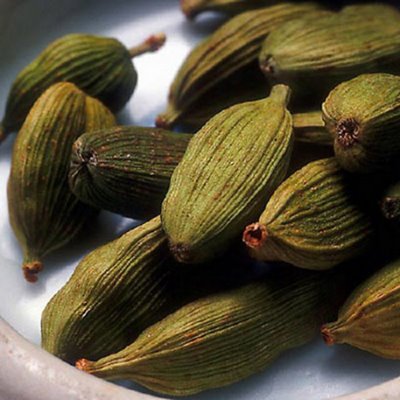
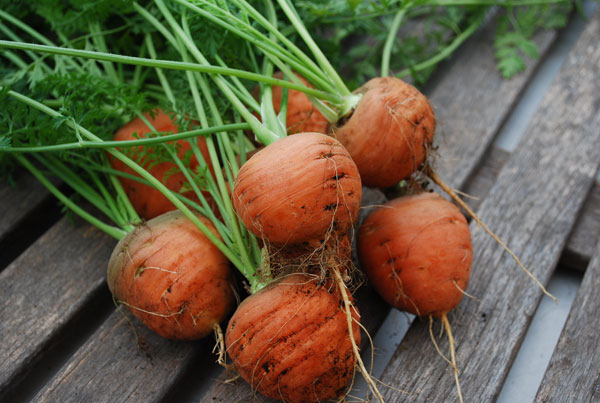
Carrot Seed Oil
Scientific Name: Daucus carota
Daucus carota, the sativa seed oil of the flowering plant, is classified as an emollient and skin conditioning agent. Steam distillation is used to collect the oil from the seeds and the root of the carrot. The chemical composition of the oil contains vitamins A and D, carotenes and flavonoids. Beta-Carotene is considered an antioxidant which means it protects against free radicals. It has been suggested that carrot oil can detoxify your skin of the impurities that result in acne and protect against the signs of aging.

Chamomile, Roman
Scientific Name: Athemis nobilis
Family Name: Asteraceae, daisy
Roman chamomile is a miracle worker. Its numerous properties for skin include analgesic, anti-allergenic, antibacterial, anti-inflammatory, anti-irritant, antioxidant, antiseptic, calming, demulcent, healing and sedative. It is a powerful treatment for various skin ailments including acne, allergies, arthritis, dermatitis, eczema, erythema, inflammation, irritation, psoriasis, rashes, sensitivity, spider veins, sores and wounds, and is also a great tissue regenerator. Particularly recommended for dry, dehydrated, delicate, sensitive, oil-rich and blemished skin, chamomile is beneficial for all skin types.

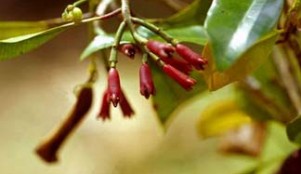
Clove
Scientific Name: Syzygium aromaticum
Family Name: Myrtaceae, myrtle
Distilled from the dried flower buds of the evergreen tree Syzygium aromaticum, clove oil is also found under the name Eugenia caryophyllata. Cloves are used for their, anesthetic, antimicrobial, antiseptic, astringent, detoxifying, and warming properties. Active constituents include: terpenes, flavonoids, tannins, phenolcarboxylic acids and sterols. It is included in skin preparations such as soaps, toners, lotions, perfumes, powders and aftershaves. Because clove is also antifungal, it is used in salves to treat athlete's foot. It is also used in shampoos, conditioners and hair rinses, especially for brunettes and redheads. Clove is often used to flavor toothpastes and freshen the breath. The essential oil of clove is an aphrodisiac and is included in perfumes for its sensuous scent, which is described as a warm, sweet, spicy middle note. Additional properties for mind include: anti-anxiety, energizing and intellectually stimulating for nervous fatigue and poor memory.
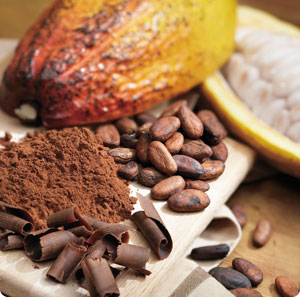
Cocoa Butter
Scientific Name: Theobroma cacao
Family Name: Malvaceae
Also called theobroma ("food of the gods") oil, cocoa butter is the solid edible natural fat of the cacao bean, extracted during the process of making chocolate and cocoa powder. It is one of the most stable fats known, containing natural antioxidants that prevent rancidity and give it a shelf life of two to five years. Cocoa butter is an excellent emollient that is well absorbed by the skin. Its incredibly high content of vitamin E is responsible for its beneficial properties." Vitamin E is proven to help with skin renewal and repair. Cocoa butter is also an antioxidant. Antioxidants protect the skin from free radicals or toxins that damage tissues at the cellular level. Cocoa butter softens and lubricates the skin, and melts at body temperature making it good for massage creams
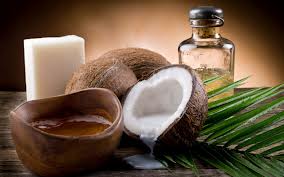
Coconut Oil
Scientific Name: Cocos Nucifera
Family Name: Arecaceae, palm
Coconut oil naturally clears away dirt, grime, and dead skin cells. It even has some antibacterial properties, killing off harmful bacteria. It sinks in deep, conditions, moisturizes, and softens skin.

Comfrey Leaf
Scientific Name: Symphytum officinale
Family Name: Boraginaceae, forget-me-not
The leaves and flowers of this perennial herb are used topically for their anti-irritant, antiseptic, emollient, mucilaginous and regenerative properties, as well as being a powerful anti-inflammatory. Comfrey's active constituents are: alkaloids, mucilage, saponins, tannins, terpenes, sterols, phenolcarboxylic acids (such as salicylic acid and caffeic acid), amino acids and vitamin B12. Comfrey is also high in allantoin, which stimulates new cell growth. This results in promoting the swift healing of damaged or injured tissues. In fact, comfrey is one of the most favored herbs to treat wounds and abrasions in the form of salves and poultices because it proliferates cells. Recommended for dry hair, comfrey is used in shampoos, conditioners and hair rinses. Medicinally, it is used for broken bones, rashes, sprains, bruises, severe burns, eczema and psoriasis.

Fennel Seed
Scientific Name: Foeniculum vulgare
Family Name: Apiaceae
The seeds of fennel are used for their anti-inflammatory, deep-cleansing, detoxifying, revitalizing, antimicrobial and circulatory stimulant properties. The active constituents of fennel seed include: terpenes, fatty acids, protein, flavonoids, phenolcarboxylic acids and coumarins. Best for normal to dry and mature skin, fennel seed is used in facial steams, cleansers, soaps, anti-wrinkle creams and lotions. It also helps to calm unevenly colored or blotchy skin. A cool fennel seed tea compress is used to reduce puffiness on closed swollen eyes and as a tonic for chapped skin.
Fennel is used in salves to heal bruises. Described as a sweet, floral top-middle note with an herbaceous spicy undertone, essential oil of fennel is energizing, stimulating, warming, and eases fear. It is used widely in perfumes and to scent haircare products. Essential oil of fennel is also often used in toothpastes and mouthwashes. It is also an insect repellant.
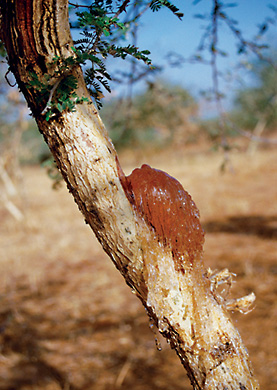
Frankincense
Scientific Name: Boswellia carterii or B. thurifera or B. sacra
Family Name: Burseraceae
The essence of frankincense is distilled from the resinous "tears" that the tree produces in order to cicatrize the small wounds on its trunk and branches made to ripen the precious substance. Probably for this reason frankincense has an incredible cicatrisation power on wounds and lesions of various kinds on human skin. Frankincense has been used in cosmetics since antiquity for wrinkles and skin infections. The active constituents of frankincense include: terpenes, mucilage and boswellic acids (named after the plant). Its properties for skin include: anti-aging, antiseptic, anti-wrinkle, rejuvenating, revitalizing, stimulating, vulnerary and warming. It is also good for stretch marks. Diffused in the air, frankincense possesses extraordinary antiseptic properties and is purifying as much for the spaces in which we occupy as for our minds. Additional properties for mind include: calming, energizing, fortifying, grounding, relaxing and stimulating. It helps to ease anxiety, depression, disappointment, fatigue, fear, grief, impatience, insecurity, loneliness, nervousness, panic attacks, stress and tension.

Geranium*
Scientific Name: Pelargonium graveolens
Family Name: Geraniaceae
Geranium has great value in skin care and can be used on any type of skin. Properties for skin include: analgesic, anti-irritant, antimicrobial, potent antioxidant, antiseptic, astringent, balancing, cell-regenerating, cicatrisant, demulcent, rejuvenating and warming. It is commonly used for these particular skin conditions: acne, blackheads, cellulite, dehydration, erythema, seborrhea, sensitivity, spider veins and stretch marks. Geranium is also an excellent and effective remedy for burns and wounds and can be used in the treatment of inflammation due to its mild, soothing effect. Geranium is a good insecticide due to its terpene content and is particularly effective as a mosquito repellent. Described as a minty-fruity floral top-middle note with rosy undertones, geranium oil is an important perfume ingredient, and one of the most feminine of the essential oils. Its properties for mind include: balancing, calming, cooling, refreshing, relaxing, soothing and uplifting. It promotes feelings of happiness and peace, and eases anxiety, depression, panic, stress and tension.

Ginger Root
Scientific Name: Zingiber officinale
Family Name: Zingiberaceae, ginger
Ginger root is analgesic, anti-inflammatory, antioxidant, invigorating and warming. Its active constituents include: terpenes such as gingerols zingiberene and shogaols, and fatty acids. In addition to its application for skin, these properties make ginger root beneficial for aching muscles, arthritis, migraines and poor circulation. Ginger's aroma is described as a spicy, sharp, warm top-middle note with a hint of lemon and pepper, and its effects are energizing and stimulating for poor memory. Emotional benefits include ease of: emotional and mental fatigue, fear, physical fatigue and shyness.

Glycerin, Vegetable also Glycerol
Glycerin is an oily, clear, sweet, thick liquid obtained by adding alkalis to fats and fixed oils. It is a solvent, emollient and skin softener in many cosmetics as well as having humectant properties and therefore, helps keep moisture in creams and other products as well as on the skin. In fact, glycerin attracts just the right amount of moisture to maintain the skin's homeostasis and fills in the intercellular matrix of the skin. Its presence in the intercellular layer helps other lipids do their job better and is actually present in all natural lipids. It also helps products spread better and is a menstrum, which helps with the absorbability of medicinal plants.





















